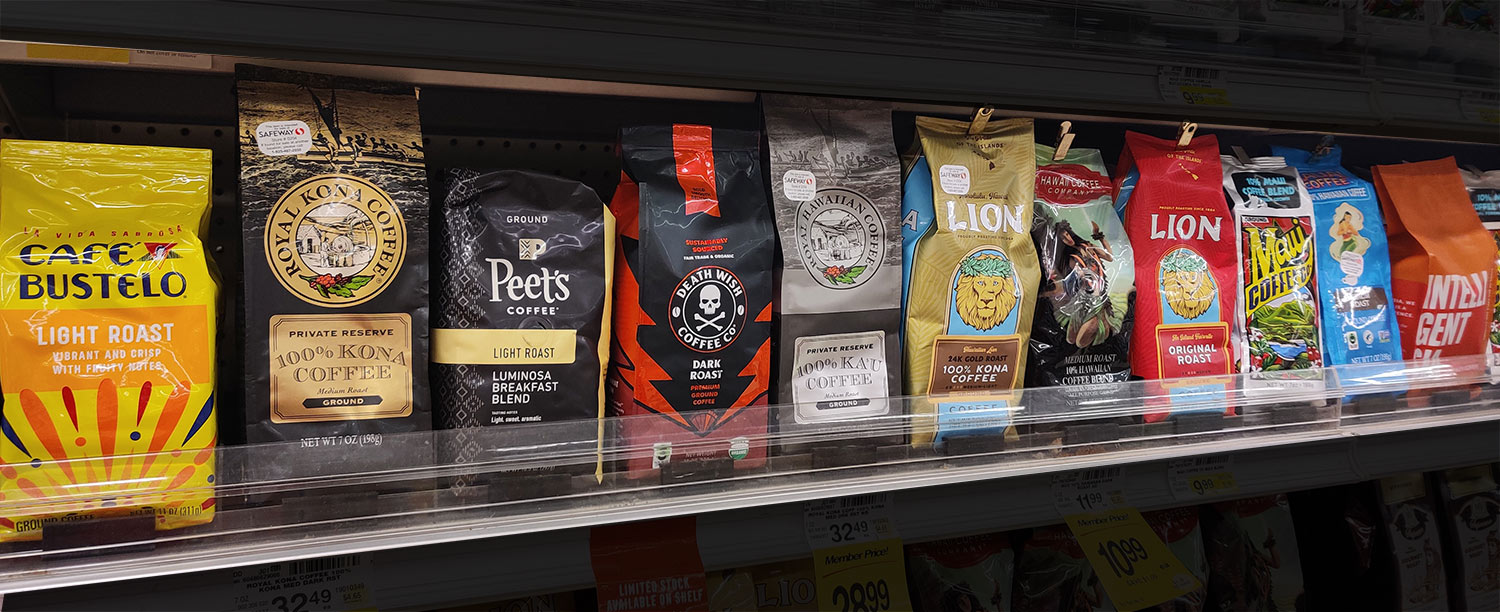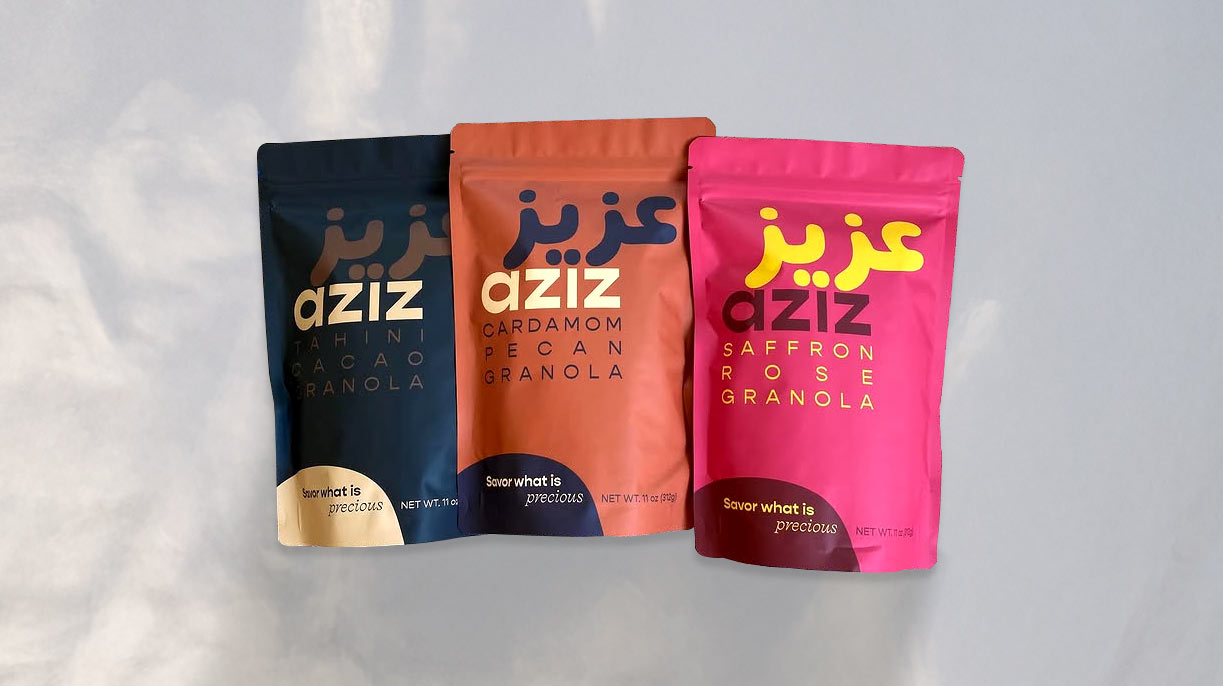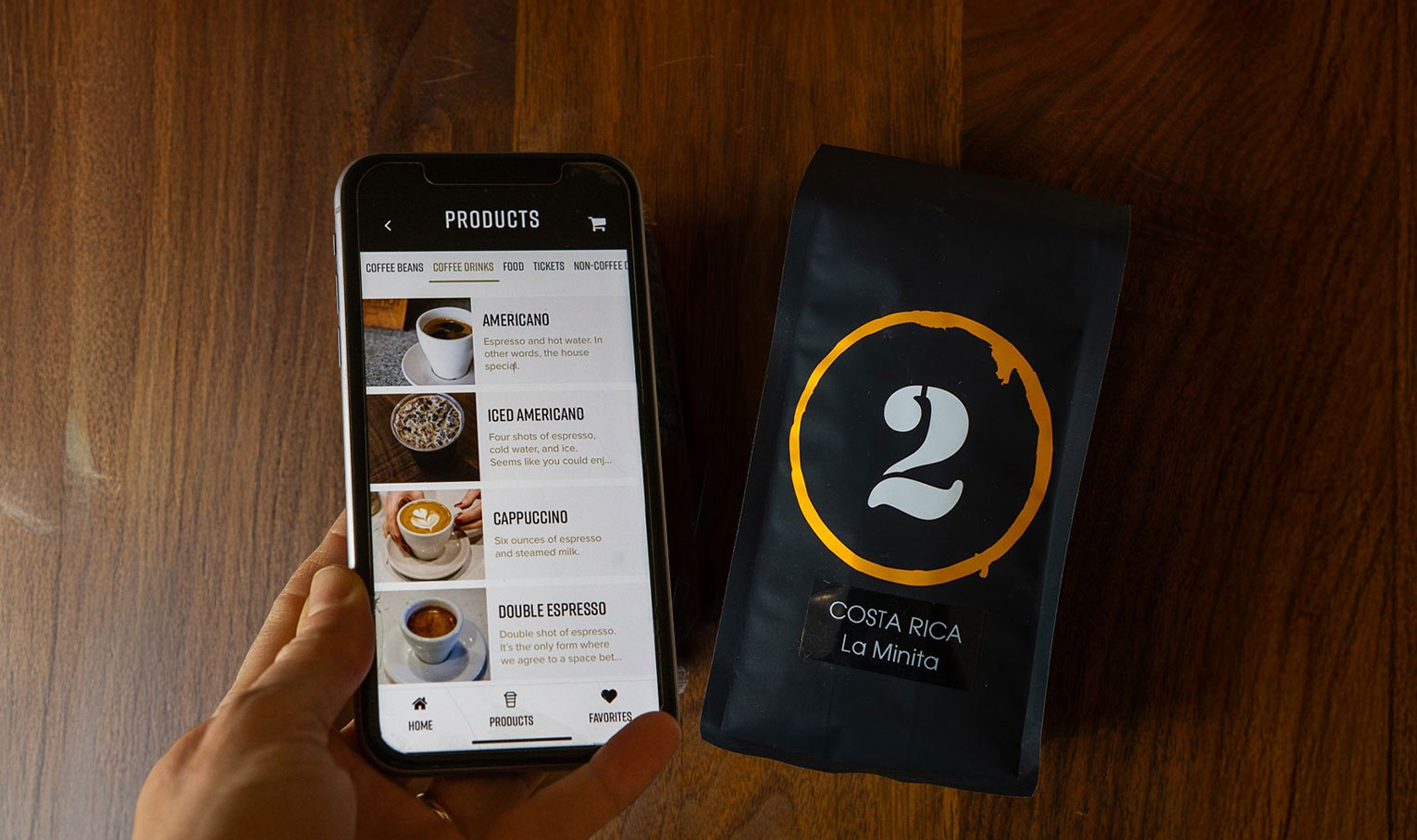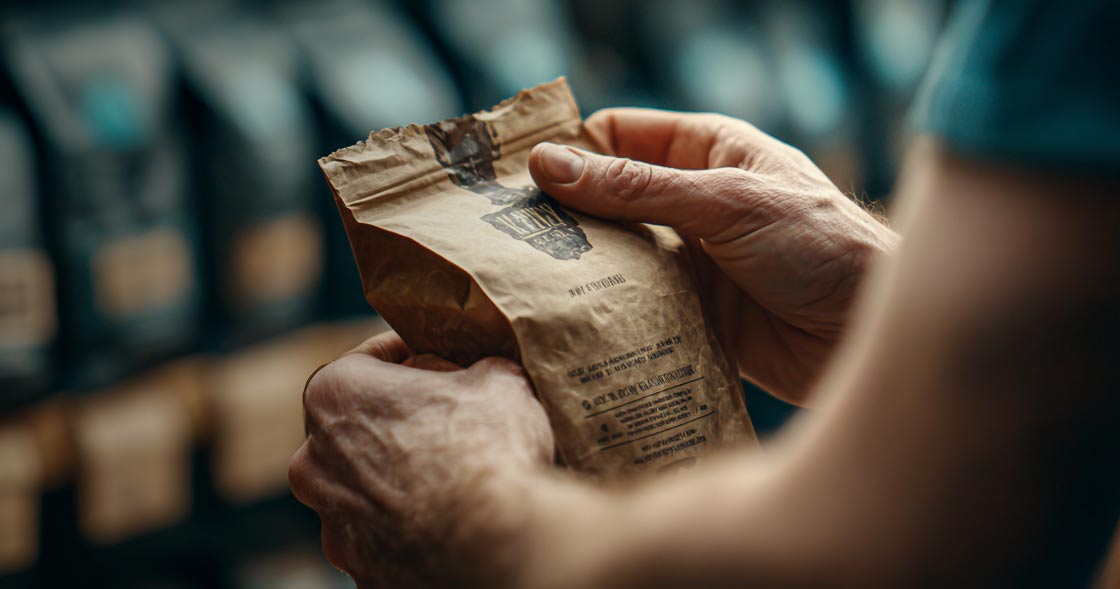Should religion appear on coffee packaging? I work in product marketing and I am a person of faith, so I see both sides. The short answer is that it can work for a focused niche, but it carries real risk for broad audiences. The smart move is to match your packaging to your buyers, your mission, and your comfort with public debate.
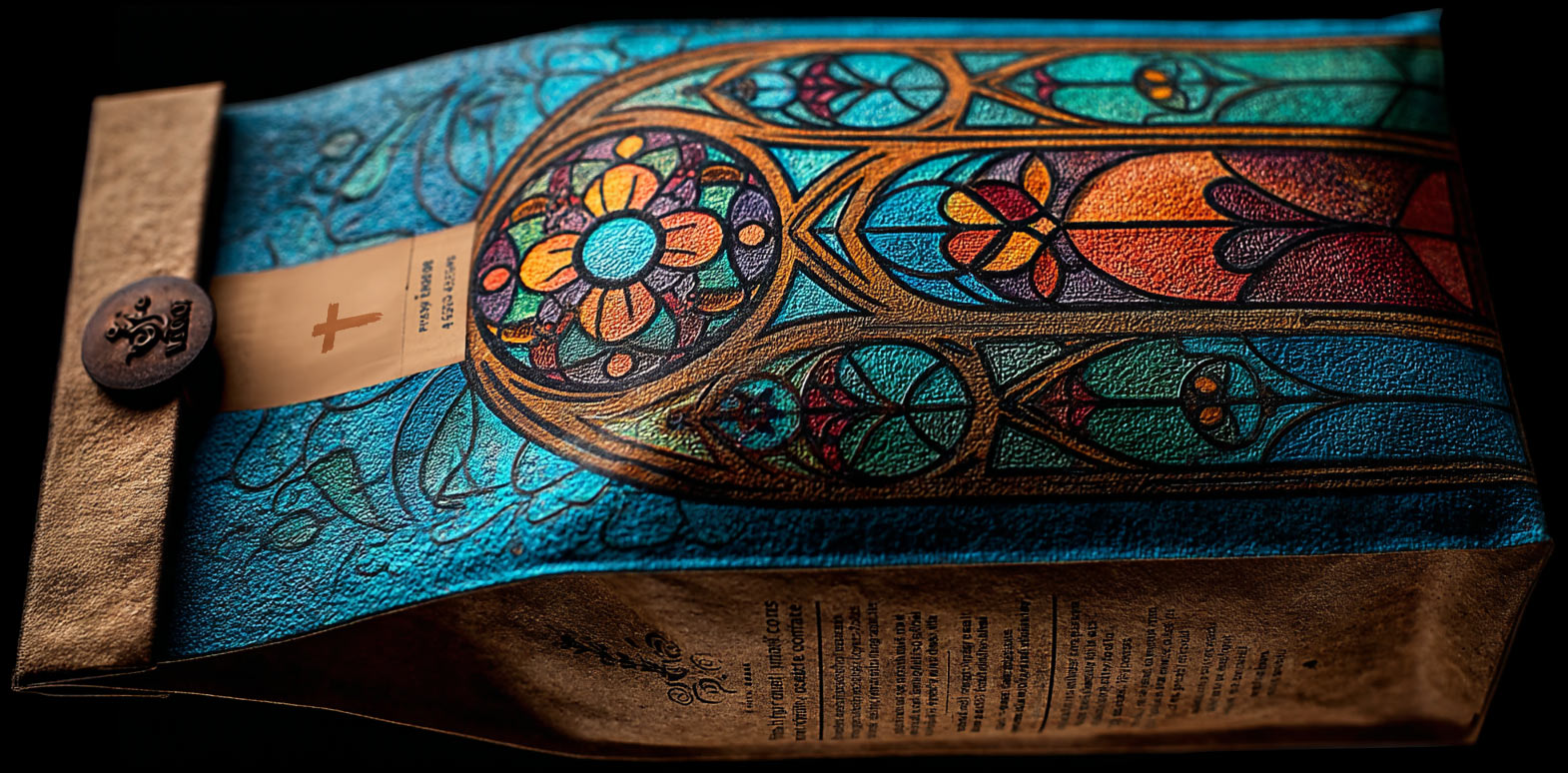
The Case For Including Religion
Some companies with a faith based mission make their beliefs part of the brand story. That choice can:- Attract a clear niche that shares the same values
- Build a sense of community among customers and staff
- Signal transparency about the founders’ goals and worldview
The Case Against Putting Religion On The Package
Large, mixed audiences rarely agree on spiritual messages. That means religious labeling can:- Push away shoppers who do not share the same beliefs
- Spark public criticism that distracts from product quality
- Create a mismatch with retailers that prefer broad appeal
- Introduce packaging disposal concerns for buyers who feel unsure about throwing away items printed with sacred words or images
How Different Businesses Approach It
Most mainstream brands choose neutral packaging that highlights flavor, origin, roast, and sustainability. They avoid spiritual text or symbols because the downside with wide audiences is high. Yet a small faith first label can embrace its beliefs, speak directly to its community, and thrive by being specific. Both paths can work when the strategy is clear. A helpful lens is to ask whether the message serves the buyer at the moment of choice. With limited space on your packaging, you should focus on flavor notes, brewing tips, farm relationships, and certifications often drive purchase more than belief statements. If the religious message improves clarity for a defined niche, it can fit. If it clouds the decision for many, it may not.Practical Guidelines For Decision Makers
Use these steps to guide the call:- Define the primary audience and estimate how many hold similar beliefs
- Test mockups with real shoppers from inside and outside the niche
- Consider alternate placements such as inside box notes or a webpage
- Plan for packaging end of life with respectful disposal guidance
- Keep the door open to adjust based on feedback and sales data

Metrics To Watch
- Repeat purchase rate across regions
- Review language that mentions values or messaging
- Retailer feedback on placement and shopper questions
- Customer service tickets around packaging concerns
- Track changes carefully.
Messaging Alternatives That Respect Faith And Reach
You can honor values without leading with religious text on the front panel. Options include:- Mission statements that focus on service, fairness, and care
- Stories about community projects and charitable partnerships
- QR codes that link to a deeper values page for those who want more
- Iconography that evokes warmth and hospitality without specific doctrine
- Limited runs for holidays observed by your core community
Balanced Recommendation
If your brand serves a wide market, keep the package focused on product and experience. Place belief based content in places where opt in is natural, like a website or a card inside the bag. If your brand is built for a faith forward niche, make the message clear and consistent across touchpoints. In both cases, measure response and be ready to iterate.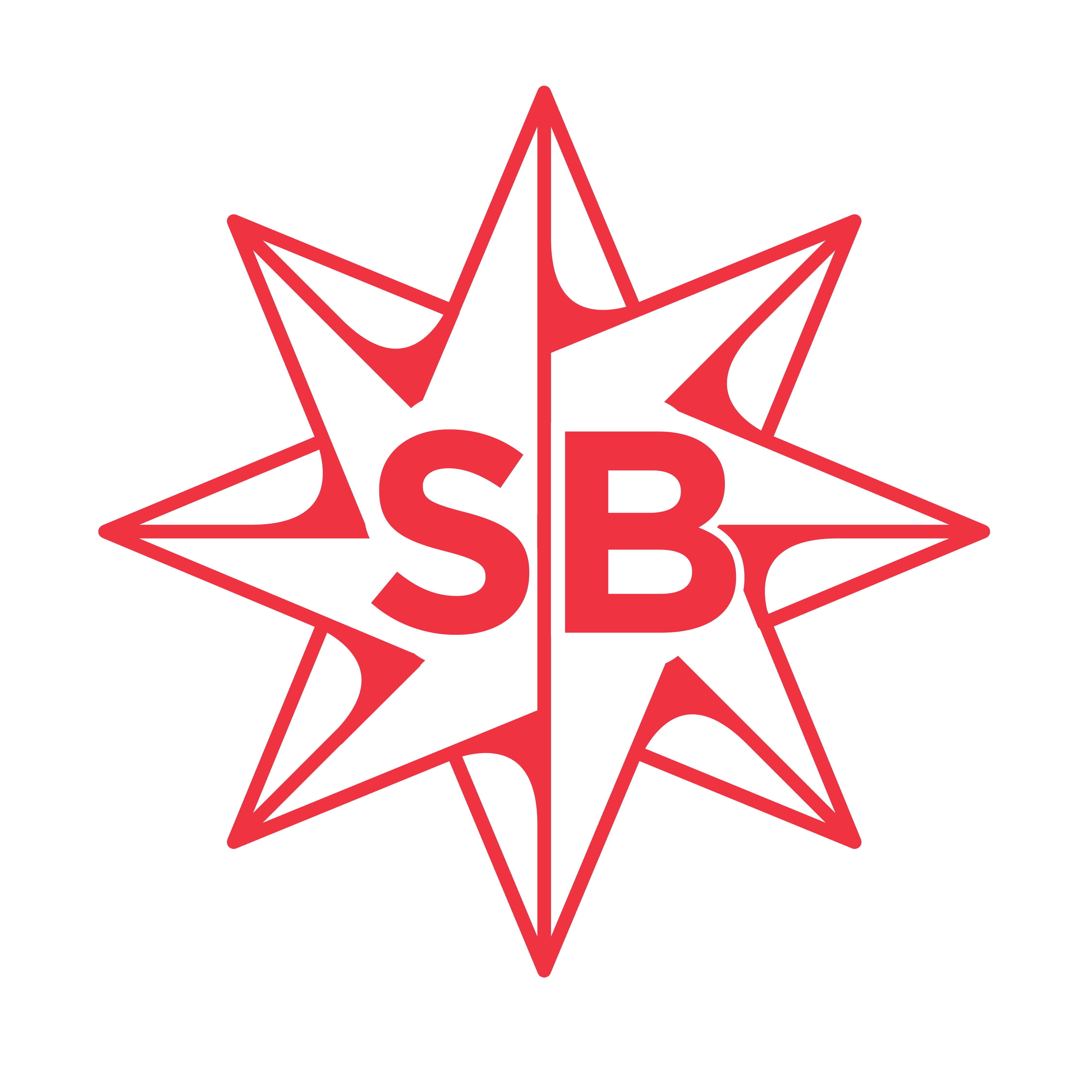 Contact Our Team!
Contact Our Team!
Why Us?
3x SCA Best New Product Award Winner
Industrial Compostable Packaging
Din Certo Certified
Your Very Own White Label Mobile App
Pono Collective: Providing Coffee Education
Lower MOQs With Our Digital Print Process
Setting Trends While Elevating Your Brand

